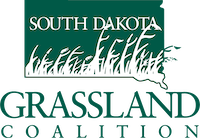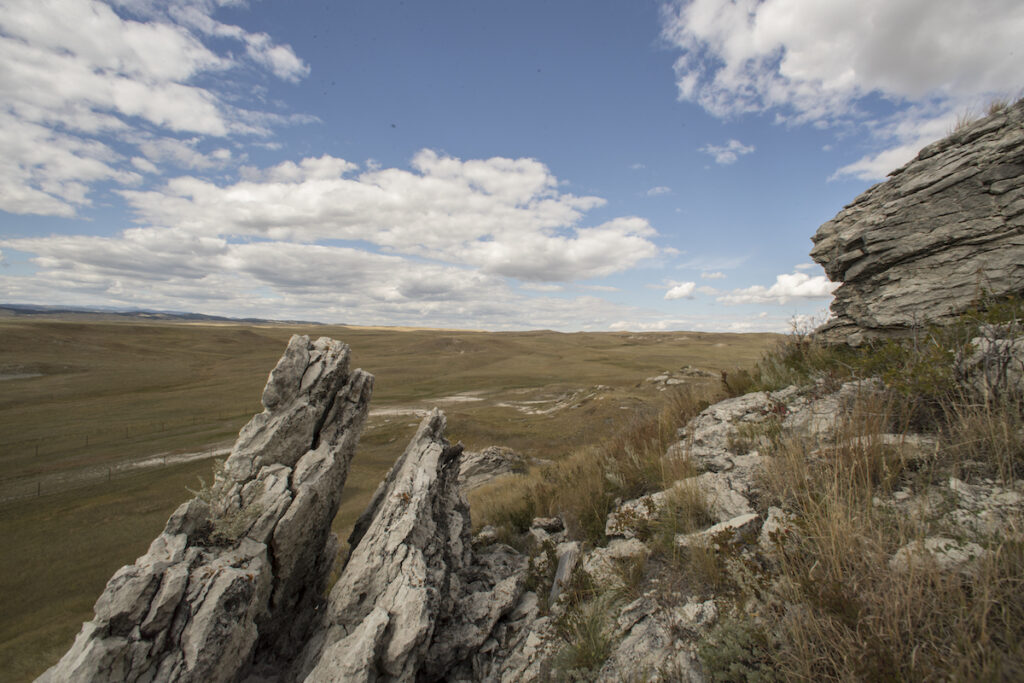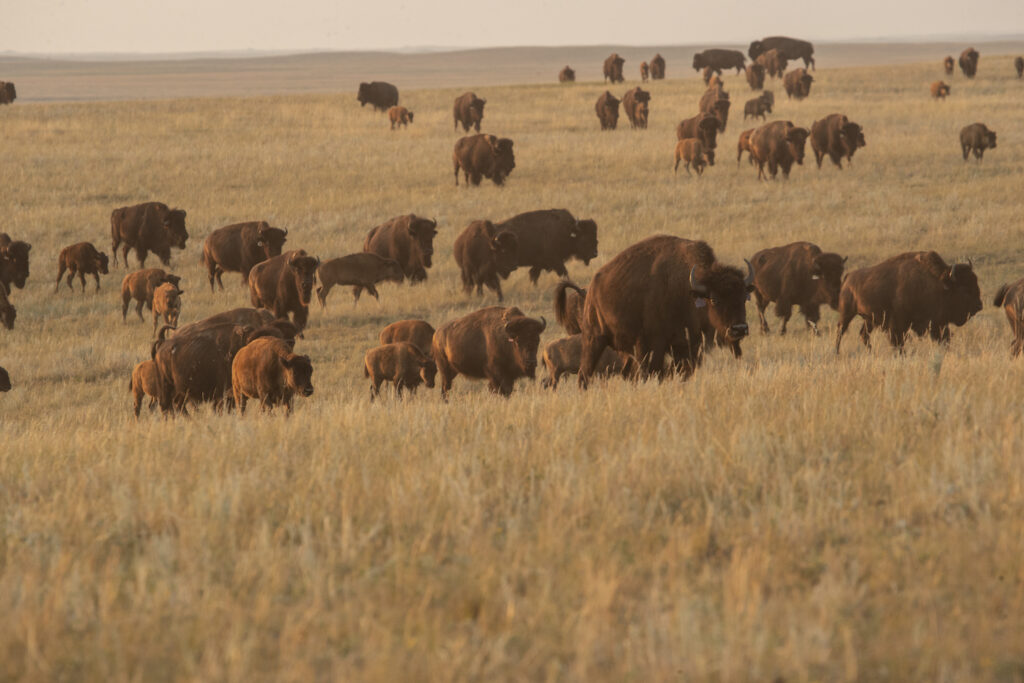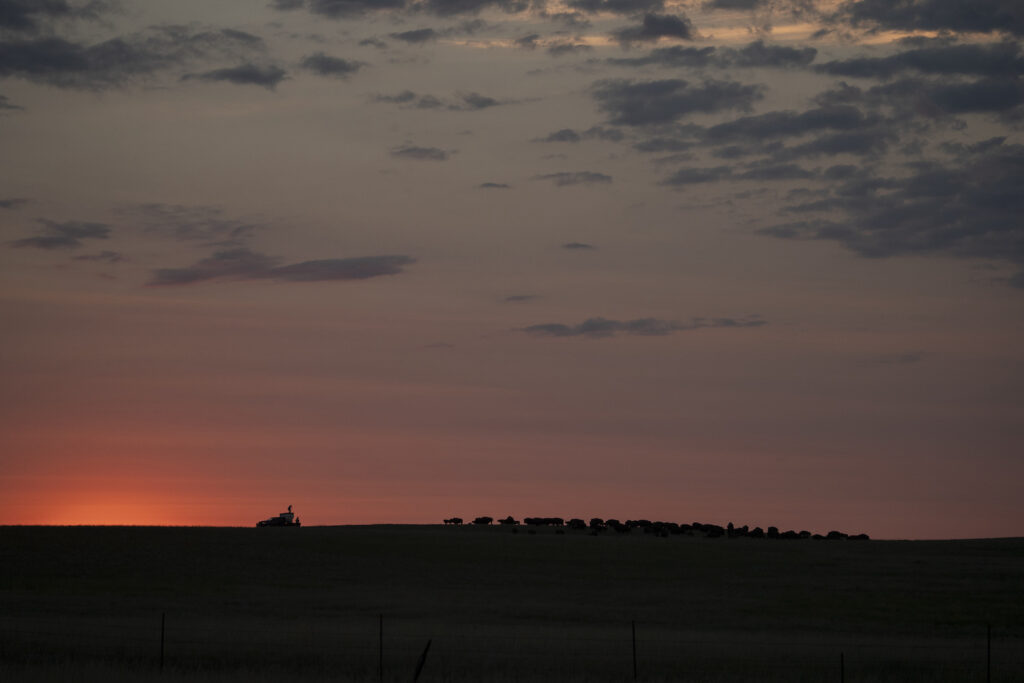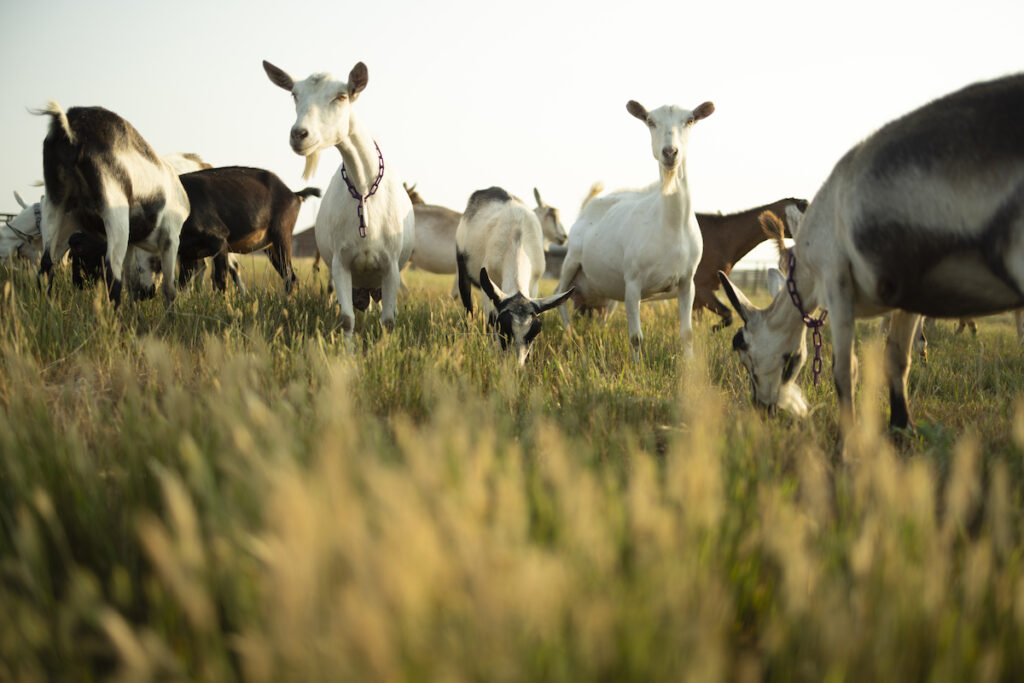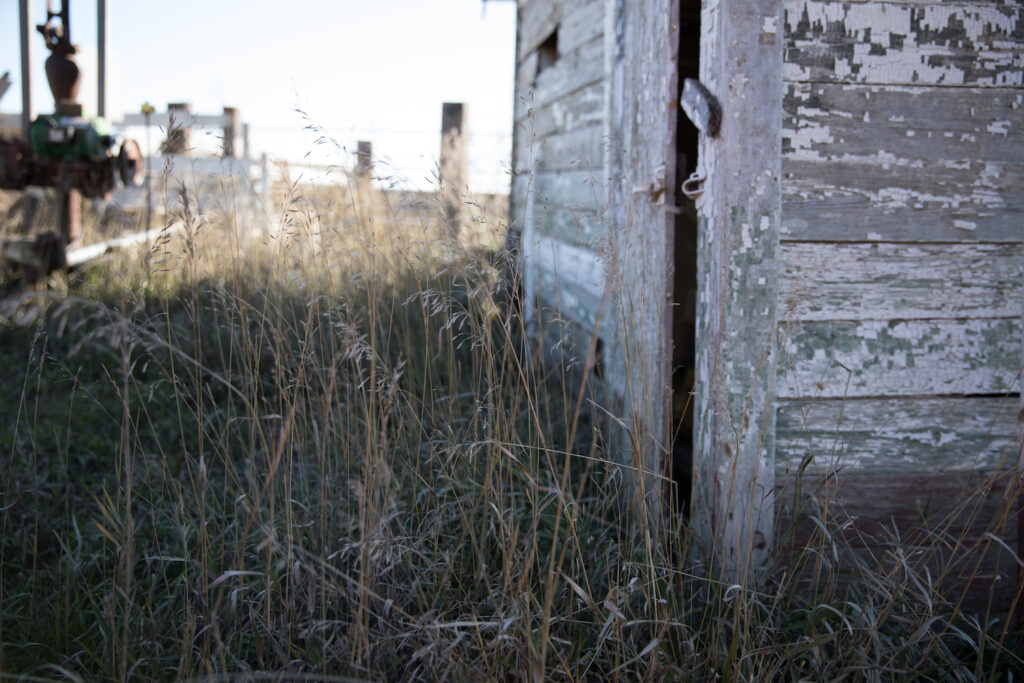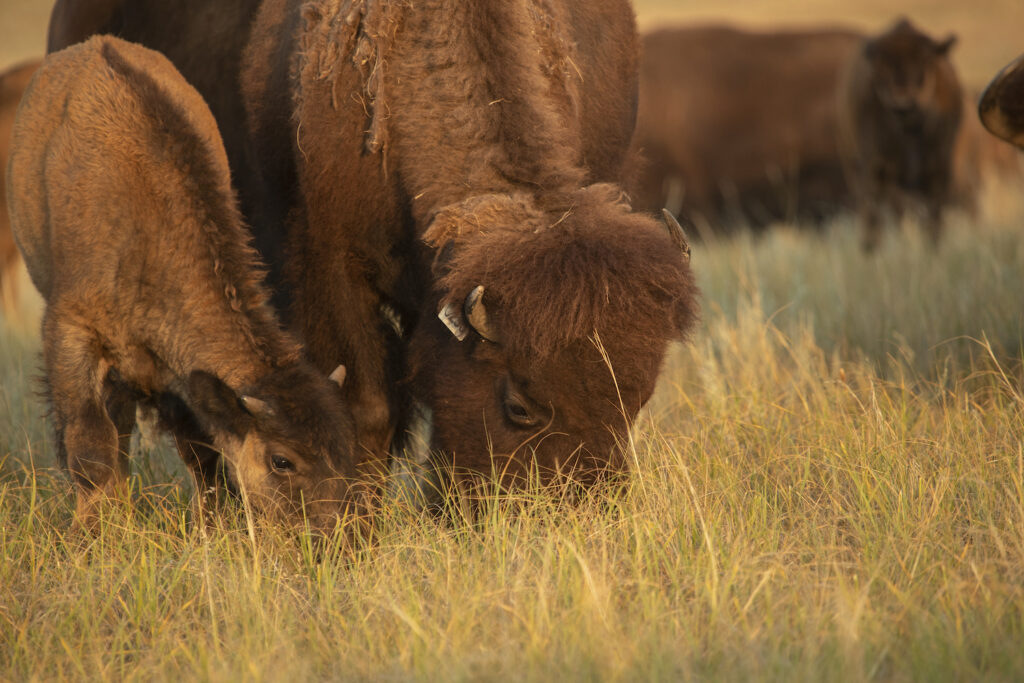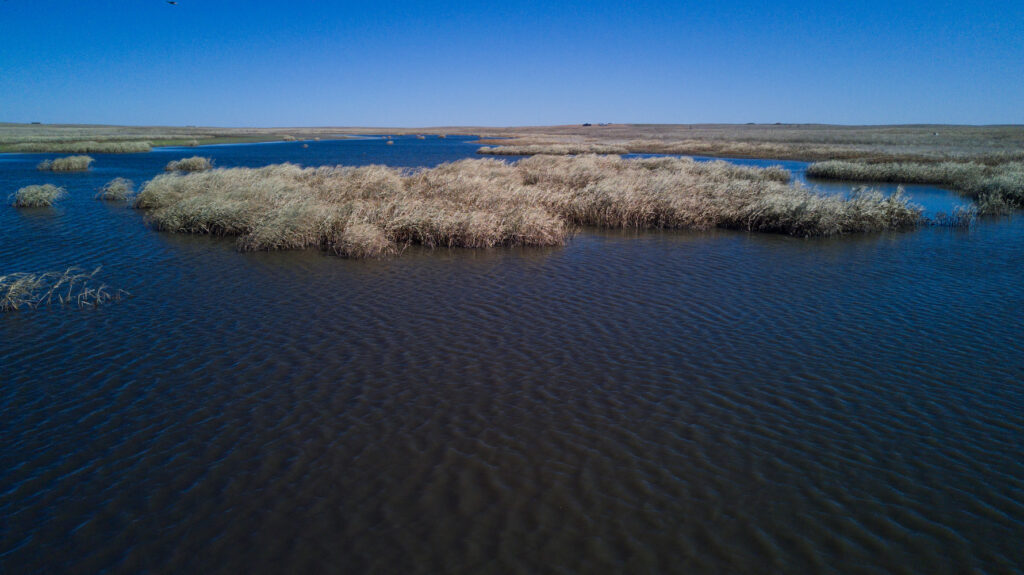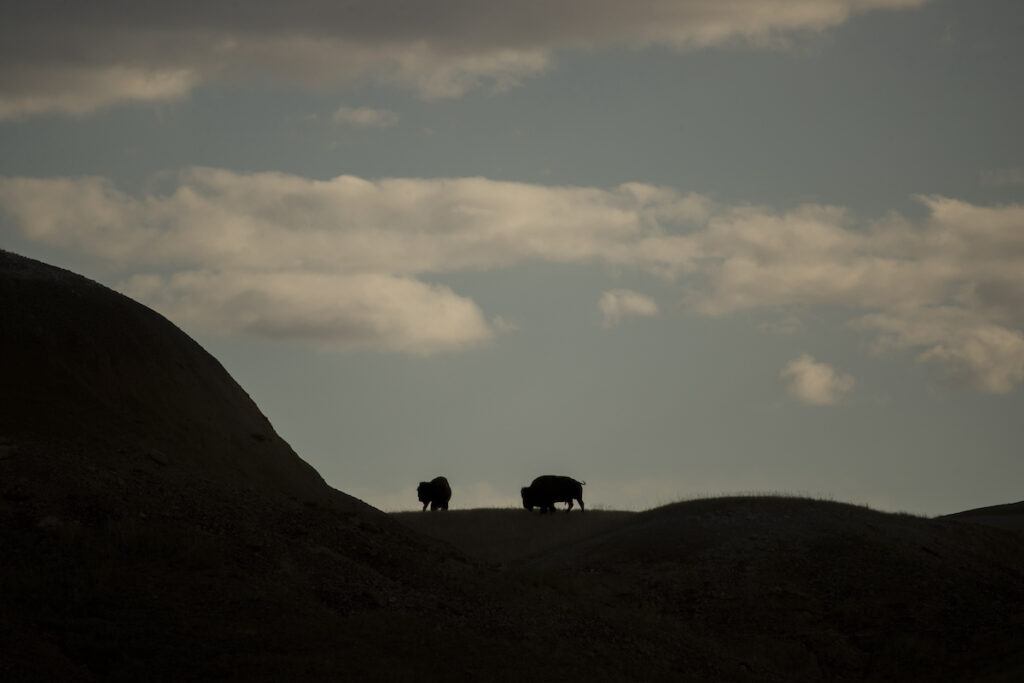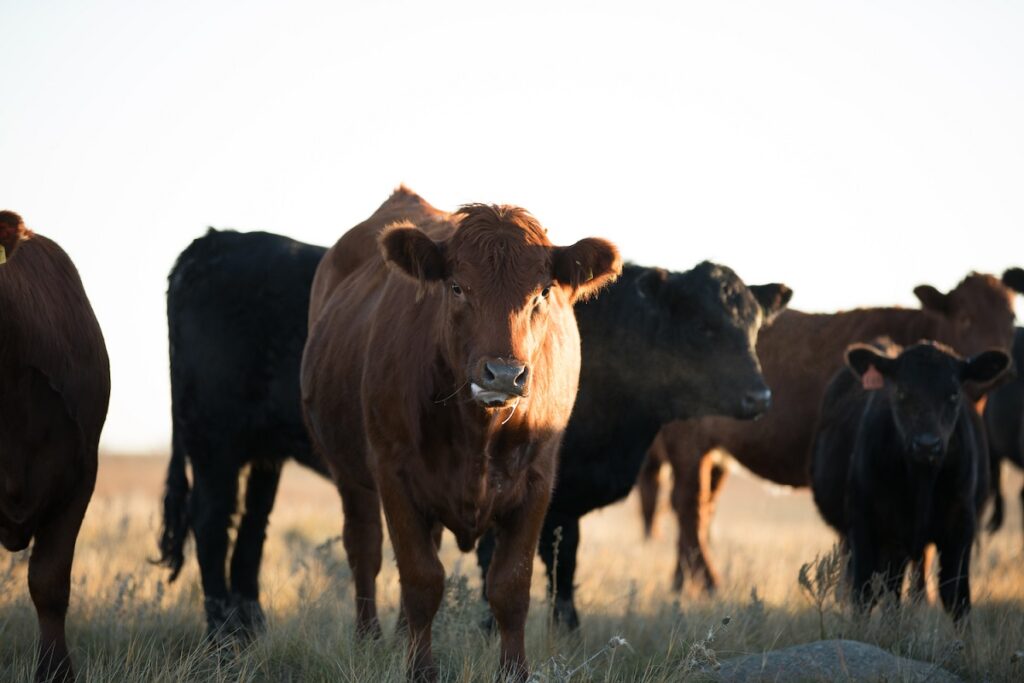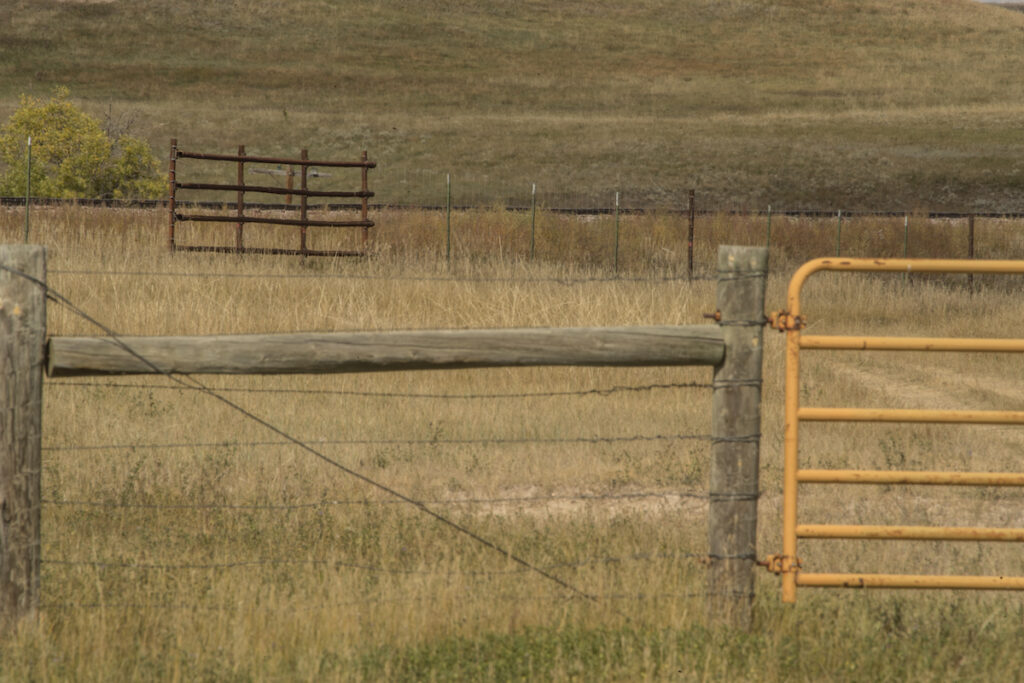Ranching in the northern Great Plains is a tough place to work, especially in the winter. Traditional winter feed costs can make up 60% or more of the annual cow expense due to the costs of making and feeding hay. A typical ranch operation might feed for 90-120 days or more depending on the severity […]
Range 101: Winter Grazing Planning Read More »
